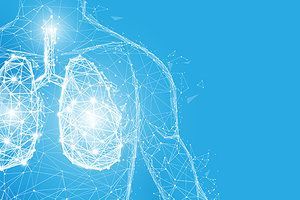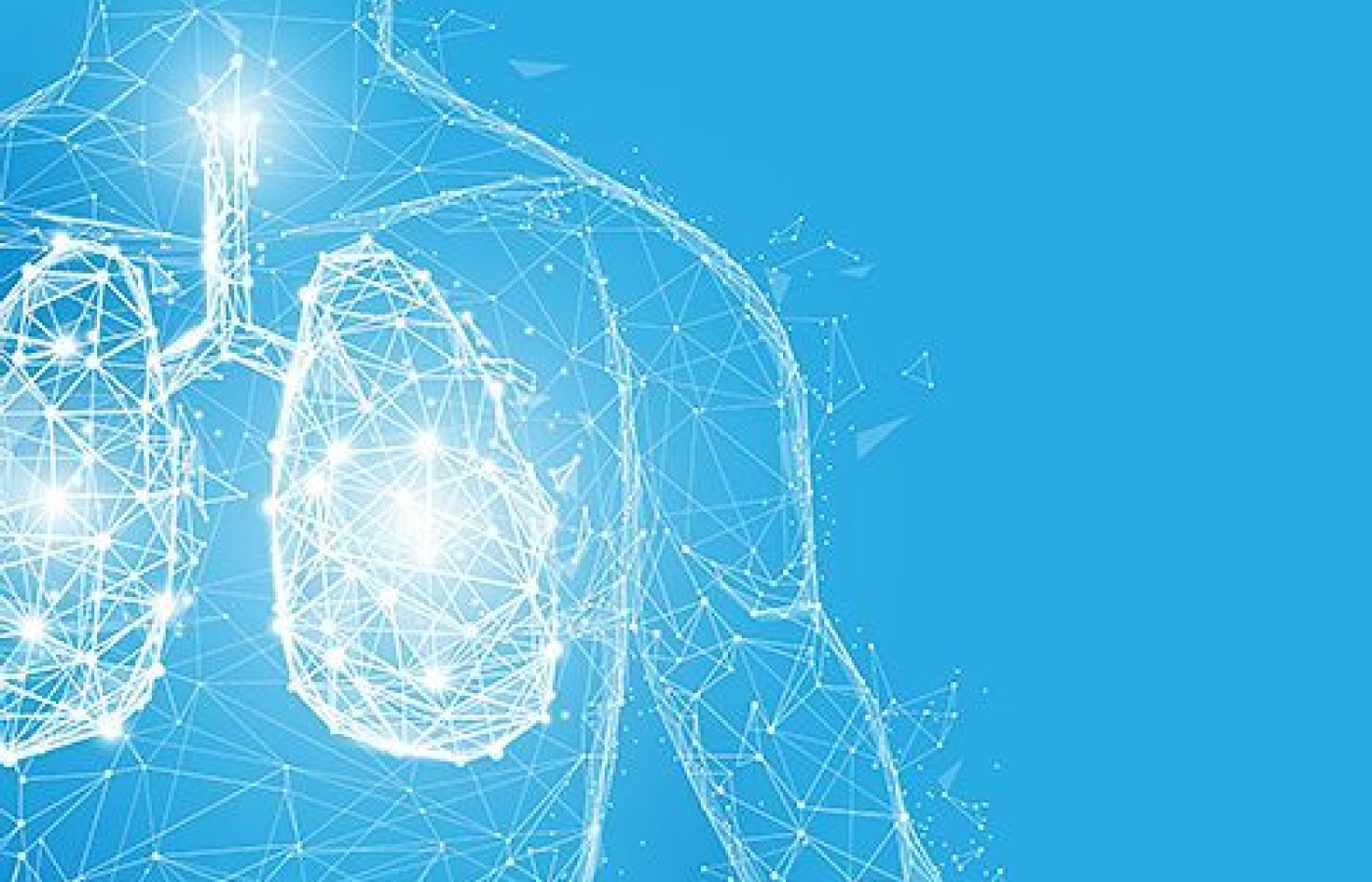On Oct. 21, 2025, a judge in Florida issued a groundbreaking decision in Complete Care v State Farm, 25-CA-1063. It concerns a fact pattern that many chiropractic doctors have faced wherein an insurer, such as State Farm or Allstate, decides to simply stop paying all claims submitted by a healthcare provider.
| Digital ExclusiveLet's Follow the Oxygen
Breathing is as much a musculoskeletal function as posture and gait. As a member of a practice that has published research on the breathing-chiropractic connection since the 1980s, I am keenly aware of how useful it can be to observe selected aspects of breathing. In this article, let's discuss a clinical assessment insight I hope you find useful.
Place one finger on either side of your sternum, in the space between your first and second or second and third ribs. Sitting or standing in a balanced, upright posture, take a slow, comfortable breath in. Maybe you feel a bit of contraction; maybe not. If you did palpate muscular activity, could you tell whether the left and right contractions were symmetrical, or was there some ambiguity in that palpation?
Next, try giving the muscles of inspiration a bit of resistance. With your fingers in the same position as before and maintaining your balanced, upright posture, inspire sharply through pursed lips, as if you were breathing through a straw. (Needless to say, if this causes any significant pain, strain or discomfort, stop right away.)

I would venture to guess your perception of external intercostal muscle contraction was crisp and clear, especially compared to the first time. Left-right asymmetry in this contraction would suggest intercostal nerve dysfunction. This could be useful as a clinical assessment step for upper thoracic subluxation. For follow-up visits, you could find a role for this palpation as an outcome measure.
If you look at the chart of the major muscles of inspiration, you will be reminded of how much muscular territory is covered by this seemingly simple action, and how many spinal and cranial nerves are involved in coordinating the oxygen harvest. By adding a bit of resistance to this muscular action, pursed-lip inspiration offers diagnostic amplification.
While your clinical judgment may guide you to forgo this step in the face of various situations such as serious cardiovascular conditions, paroxysms of coughing or recent major surgery, a few pursed-lip inspirations per visit will be well-tolerated by most patients. As noted before, significant pain, strain or discomfort should cause you to stop; the location of the pain or strain also may be helpful in your clinical assessment.
(Note: Although pursed-lip expiration can also offer clinical insight, I don't generally do it and don't recommend it. It's too much like a Valsalva maneuver, and may present some of the same hazards to the integrity of the intervertebral discs.)
Pursed-lip inspiration can provide amplification for examination steps other than the gross muscle palpation you just experienced. Are you an SOT practitioner who palpates the trapezius and occipital fibers? When the analysis feels ambiguous, ask the patient to perform a pursed-lip inspiration and palpate again. (Note: To keep the head erect, the upper trapezius acts as an antagonist to the sternocleidomastoids and scalenes. Also, the upper traps may play an indirect role in inspiration due to scapular elevation. This is why the trapezius and occipital fibers tend to become more clearly palpable during pursed-lip inspiration.)
Is manual muscle testing part of your assessment? Occasionally, a muscle will test "technically" normal, but you just sense a bit of "wobble." If it is one of the muscles in the chart, you may find the challenge of a pursed-lip inspiration fatigues the muscle on one side more than the other. This can help focus your assessment.
In my postgraduate seminars, I have been finding that a great deal of clinical information can be clarified by considering the oxygen-related aspects of human biology. This includes biomechanics, orthopedic neurology and cellular respiration. In other words, follow the oxygen, from muscles to molecules.
MAJOR MUSCLES OF INSPIRATION | ||||
| | ||||
Muscle | Points Of Attachment | Breathing action | Peripheral nerve(s) | Spinal-cranial nerve(s) |
| | ||||
| External Intercostals | Sternum; ribs; costal cartilages | Inspiration: elevation and expansion of rib cage | Intercostals | T1-T11 |
| | ||||
| Sternocleido- mastoid | Sternal manubrium & medial clavicle; mastoid processof temporal bone | Inspiration: indirect elevation of rib cage | Branch of CN XI (accessory) | CN XI |
| | ||||
| Scalene group | TPs of C3-C7; first and second ribs | Inspiration: elevation of 1st & 2nd ribs | Branches of C3-C8 | C3-C8 |
| | ||||
| Serratus anterior | Medial scapular border; antero-lateral border of ribs 1-8 (sometimes 9) | Inspiration: when shoulder girdle is fixed, assists elevation of rib cage | Long thoracic nerve | C5-6 (sometimes C7) |
| | ||||
| Levator scapulae | C1-C4 TPs; medial-superior border of scapula | Inspiration: scapular elevation indirectly assists rib cage elevation | Dorsal scapular nerve | C3-5 |
| | ||||
| Pectoralis major sternal | Stenum & cartilage of ribs 1-7; proximal humerus | Inspiration: elevation of rib cage | Medial pectoral nerve | C7-T1 |
| | ||||
| Pectoralis minor | Ribs 3-5 near costal cartilage; coracoid process | Inspiration: elevation of rib cage when shoulder is braced | Medial pectoral nerve | C8-T1 |
| | ||||
| Quadratus lumborum | Iliac crest & iliolumbar ligament; twelfth rib and TP of L1-L4 | Inspiration: Anchors 12th rib for efficient diaphragm contraction | Branches of lumbar plexus | T12-L3 |
| | ||||
| Diaphragm | Sternum; lower border of rib cage; thoraco-lumbar spine | Inspiration: expands the thoracic cavity inferiorly; causes ribs to move superiorly and laterally (very easily palpable in lower ribs) | Motor: phrenic nerve; Sensory: branches of T7-T12 | Motor: C3-C5; Sensory, T7-T12 |



